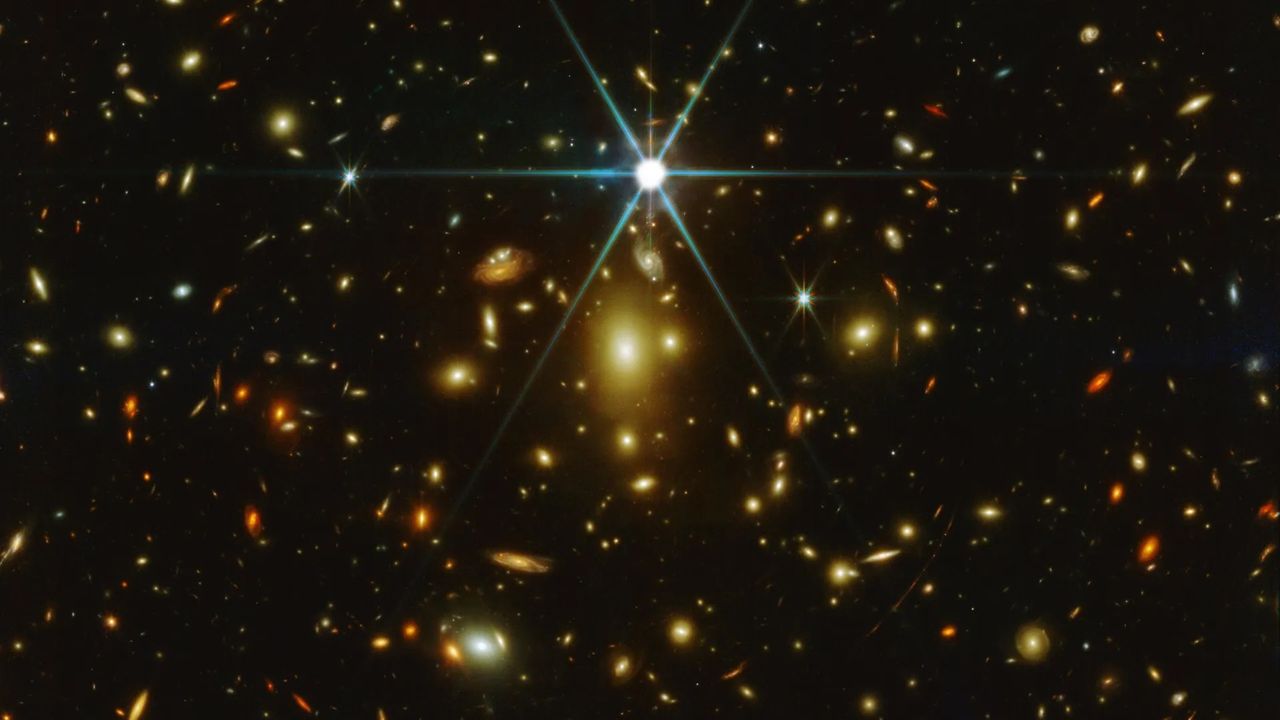Now Reading: James Webb Telescope Finds Earendel May Not Be a Star After All
-
01
James Webb Telescope Finds Earendel May Not Be a Star After All
James Webb Telescope Finds Earendel May Not Be a Star After All

Swift Summary
- Earendel, previously thought to be the most distant single star ever discovered, may actually be a compact star cluster.
- Discovered by the Hubble Space Telescope in 2022, Earendel was observed through gravitational lensing and thought to have formed 900 million years after the Big Bang.
- New analysis using james Webb Space Telescope (JWST) data shows Earendel’s spectral features align with globular clusters found in the local universe.
- Researchers note that while this evidence supports the star cluster theory, there remains uncertainty regarding its classification due to limited scope in exploring alternative possibilities.
- Astronomers suggest further observations of microlensing effects could clarify Earendel’s nature over time.
(Image credit: NASA/ESA/CSA/STScI)
indian Opinion Analysis
Earendel’s potential reclassification from an individual star to a compact star cluster highlights how advanced technology like JWST continues to refine our understanding of cosmic phenomena. For India’s growing space research initiatives, this serves as motivation to invest in technologies capable of tackling essential questions about galaxies and stars across deep time scales – critical for advancing global astrophysics research. Such discoveries reaffirm the value of international collaboration and cutting-edge tools for gaining insights into phenomena largely inaccessible by customary methods.Read More

























